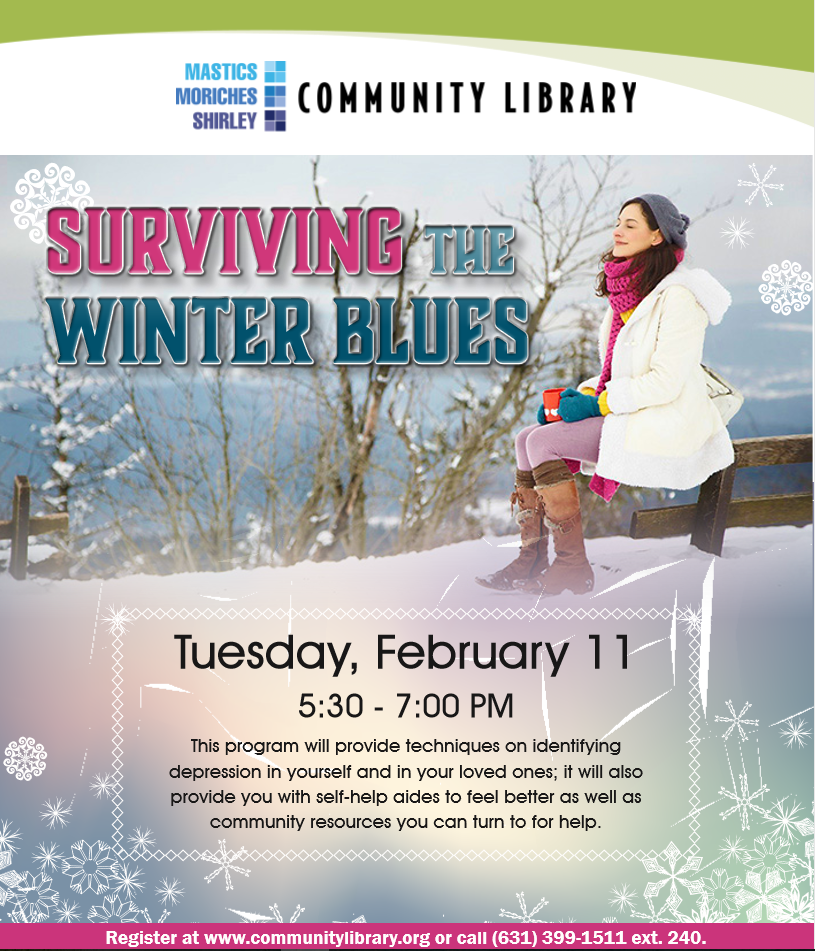
As the days get shorter, many people find themselves feeling sad. You might feel blue around the winter holidays, or get into a slump after the fun and festivities have ended. Some people have more serious mood changes year after year, lasting throughout the fall and winter when there’s less natural sunlight. (Department of Health & Human Services 2013).
What is it about the darkening days that can leave us down in the dumps?
And what can we do about it?
These winter blue feelings are fairly common and tend to be more mild than serious. According to mental health experts, these feelings normally last for a short amount of time and clear up on their own. But for some, these feelings are more intense and longer lasting; they tend to last for the entire winter season. In these cases a mental health disorder known as seasonal affective disorder can develop.
Seasonal affective disorder, is a clinical diagnosis that is related to the shortening of daylight hours. It interferes with daily functioning over a significant period of time. A key feature of this disorder is that it follows a regular pattern. It appears each year as the seasons change, and it goes away several months later, usually during spring and summer. In some situations when this disorder is untreated it can lead to increasingly depressive thoughts and in some cases suicidal thoughts or actions. (Department of Health & Human Services 2013).
Join us as we discuss what these winter blue feelings are and what seasonal effective disorder is. We will define each of these discussing what signs to look for in yourself and in others. We will also discuss some self-help techniques you can use to break these feelings along with a variety of resources for agencies / organizations that can help if these feelings are severe or just won’t go away.
Click here to register for this program
Department of Health & Human Services (2013). NIH News in Health: Beat the Winter Blues: Shedding Light on Seasonal Sadness. Retrieved from https://newsinhealth.nih.gov/2013/01/beat-winter-blues

No Comments Yet